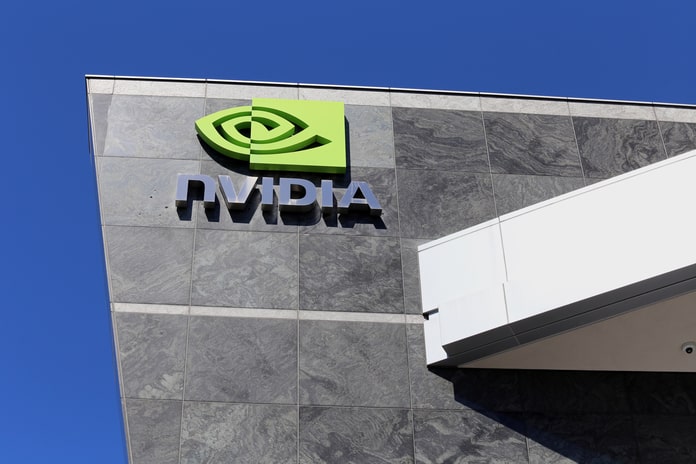NVIDIA Corporation (NASDAQ:NVDA) published preliminary results for the second quarter of 2022 on August 8th. The business fell short of management’s previous guidance and analyst consensus projections. To put it another way, Nvidia’s press announcement was a profit warning. How should investors consider this? Should the information be ignored, viewed as a buying opportunity, or taken seriously as a warning sign? I tend to lean toward the latter. Nvidia stock, in my opinion, is overhyped and expensive, trading at nearly x10 sales. And, as long as the company is stumbling, as evidenced by the Q2 numbers, I would not pay this exorbitant valuation premium.
Nvidia stock is down almost 40% year to date, while the SPX is down approximately 15%.
The Profit Warning for NVIDIA
The preliminary results from Nvidia were dismal. It currently reports revenues of $6.70 billion, compared to the company’s original forecast of $8.10 billion. Notably, this marks a 19% decrease from the previous quarter. While the company did not give income figures, it did declare a GAAP gross margin of 43.7% versus a targeted 65.1%. GAAP operating expenses were approximately in line with expectations at $2.46 billion. Its underperformance was mostly due to a significant weakening in the company’s gaming sector, which accounts for around 30% of overall revenues. Gaming revenue was $2.04 billion in Q2 2022, a 44% decline from the previous quarter.
However, all other areas disappointed, including Data Center, which accounts for more than half of total sales. The tech company’s founder and CEO Jensen Huang commented:
Despite being a record, data center revenue fell short of the company’s projections due to supply chain interruptions.
Investors should also take note of the company’s $1.32 billion charge for inventory changes and related reserves, as the company is required to alter its projections for future demand.
As the quarter progressed, our gaming product sell-through predictions shrank considerably. We took initiatives with our Gaming partners to alter channel prices and inventories since we expect the macroeconomic conditions affecting sell-through to remain.
Given these results, investors are hungry for further information on how is Q3 2022 doing; what is the guidance for 2023, and is Nvidia planning layoffs like other technology companies? However, no analyst call has been arranged by management before August 24.
Very Expensive Stock
Based on Nvidia’s Q2 results, I believe valuation will become increasingly important to investors. Notably, it is trading at a one-year future P/E ratio of x46, a 100% premium to the sector. The EV/EBITDA multiple is x34, compared to x13 for the sector (170% premium). The table below compares various multiples, all implying a significant, 100% overvaluation. Please keep in mind that I am not cherry-picking here.
Many investors have claimed in the recent past that during the bubble, multinational technology company’s high valuation and industry premium are reasonable, given the company’s exposure to secular growth prospects such as gaming, AI, and the metaverse.
Investors may have made the error of forgetting that semiconductor companies continue to be highly cyclical. And now, as the market is under pressure from factors such as inflation, rising interest rates, poor consumer confidence, and international trade tensions, to mention a few, Nvidia’s business is beginning to suffer. However, suppose investors agree with my theory that semiconductors, including Nvidia, are cyclical. In that case, they must also accept that more pain (recession) is coming.
Implications and Recommendation
Without question, Nvidia is a fantastic company. And I appreciate strong management led by a visionary founder-CEO like Jensen Huang, who maintains the notion that NVIDIA has exceptional products and a solid position in huge and rising markets. We stay focused on the once-in-a-generation chance to reimagine computing for the AI era while we handle these hurdles.
Nvidia’s value, on the other hand, is far too high to allow for a margin of safety. Furthermore, the semiconductor industry is vulnerable to a worldwide economic slowdown, which I believe many investors have not priced appropriately, as some market players continue to believe that businesses like Nvidia are driven by long-term growth levers rather than cyclical ones. However, I disagree. Nvidia shares fell as much as 10% after the Q2 profit warning. This is a game-changing red flag. As a result, I advise staying on the sidelines.
Featured Image: Megapixl © Wellesenterprises

















